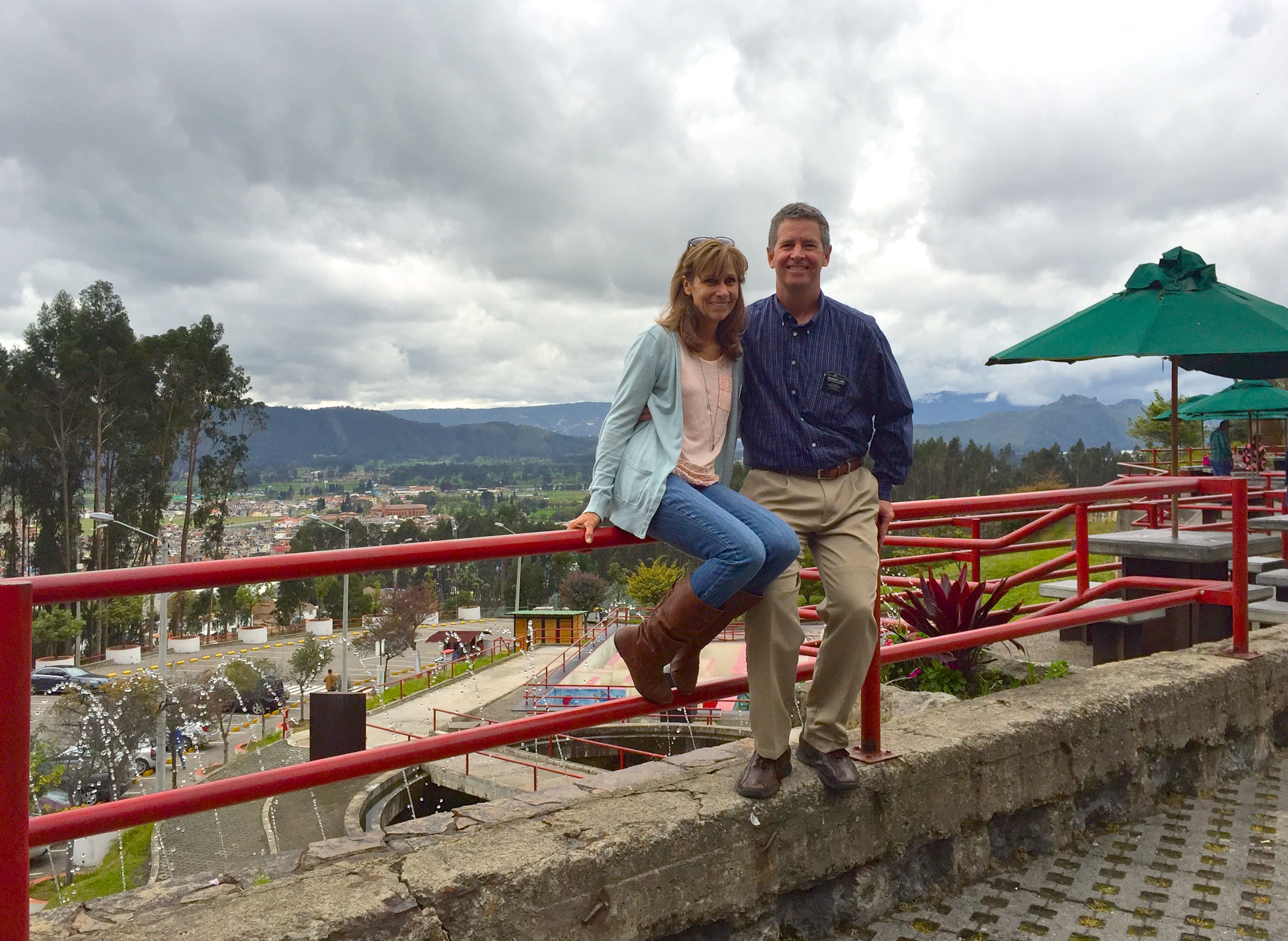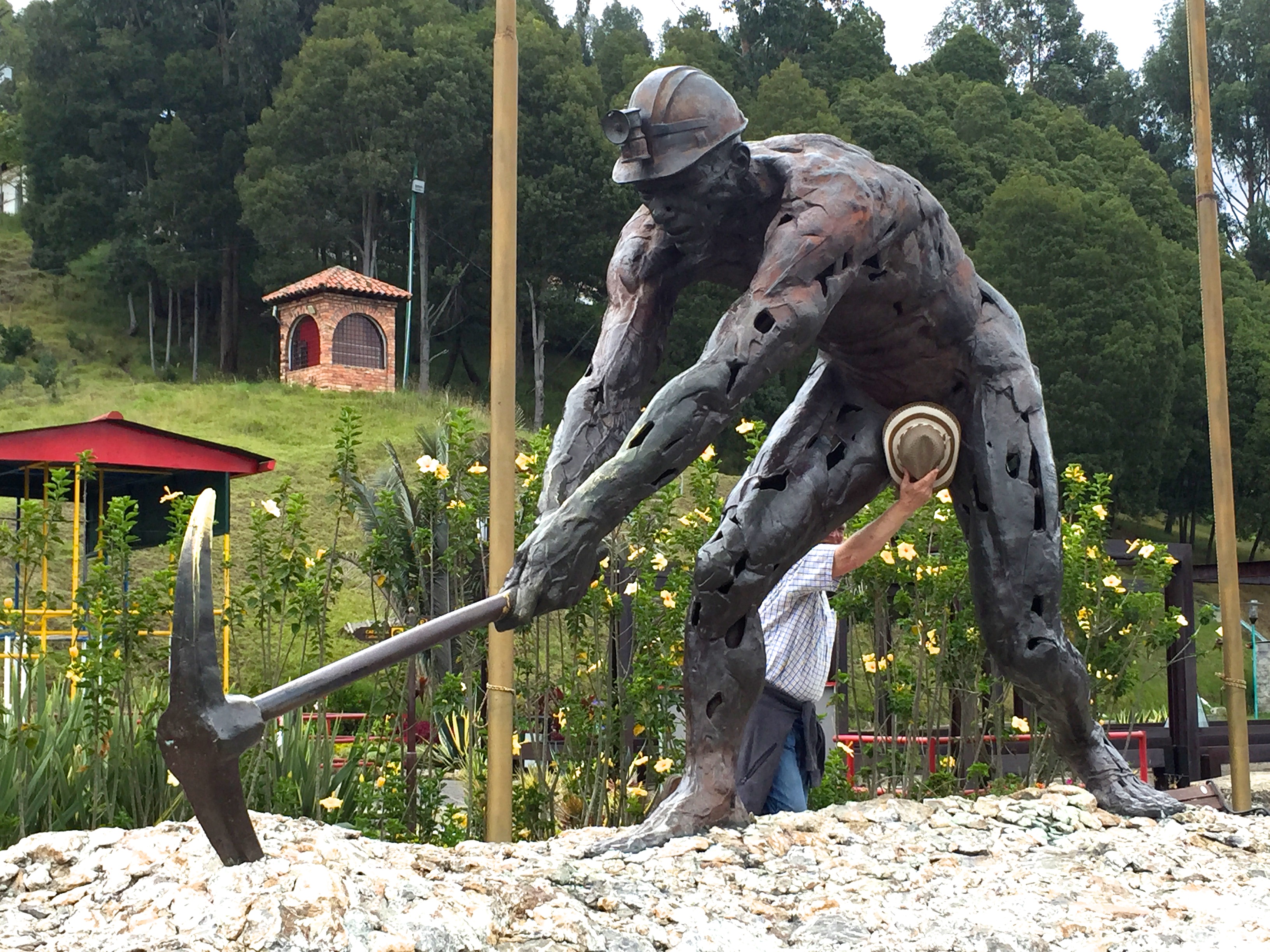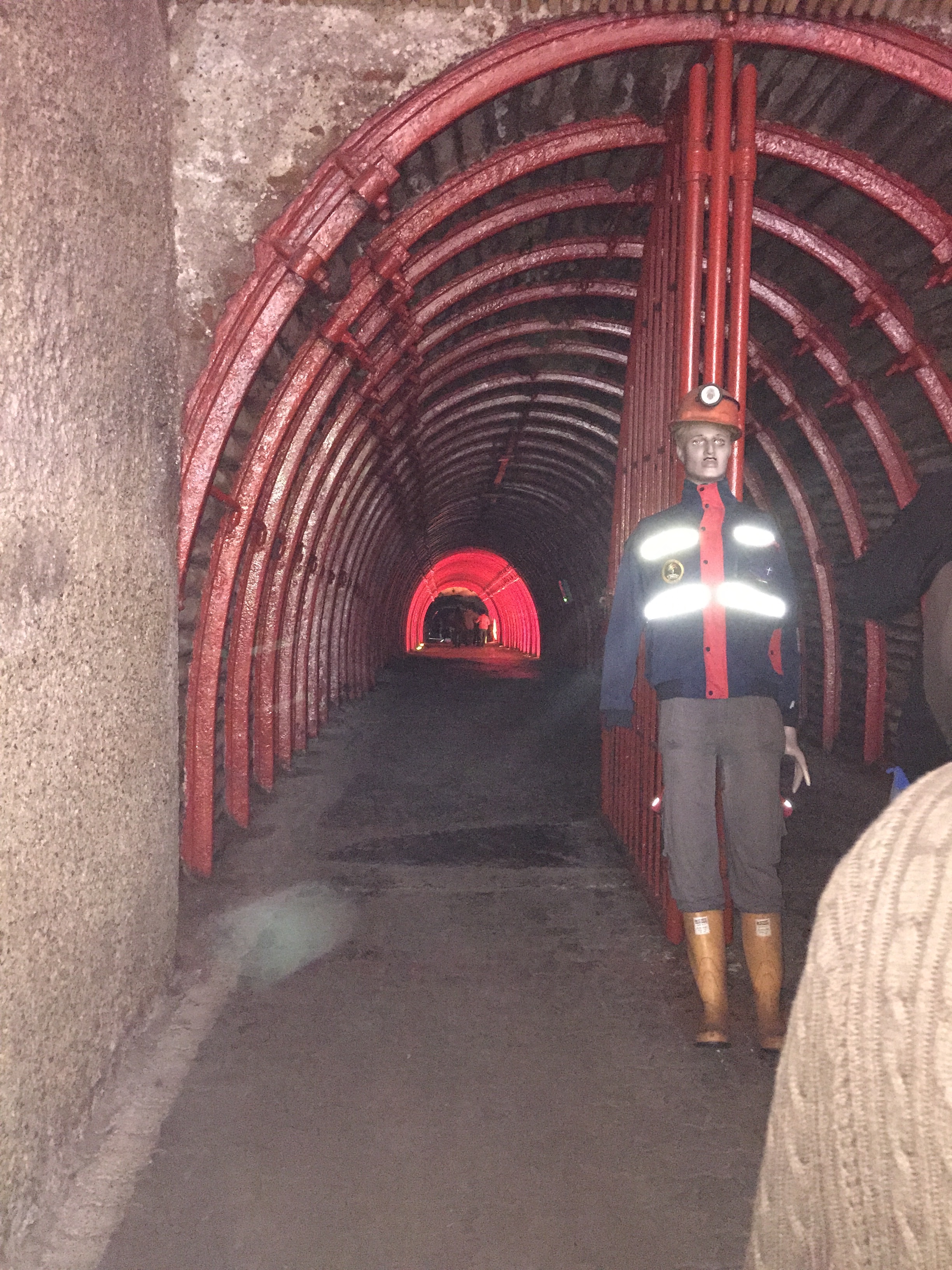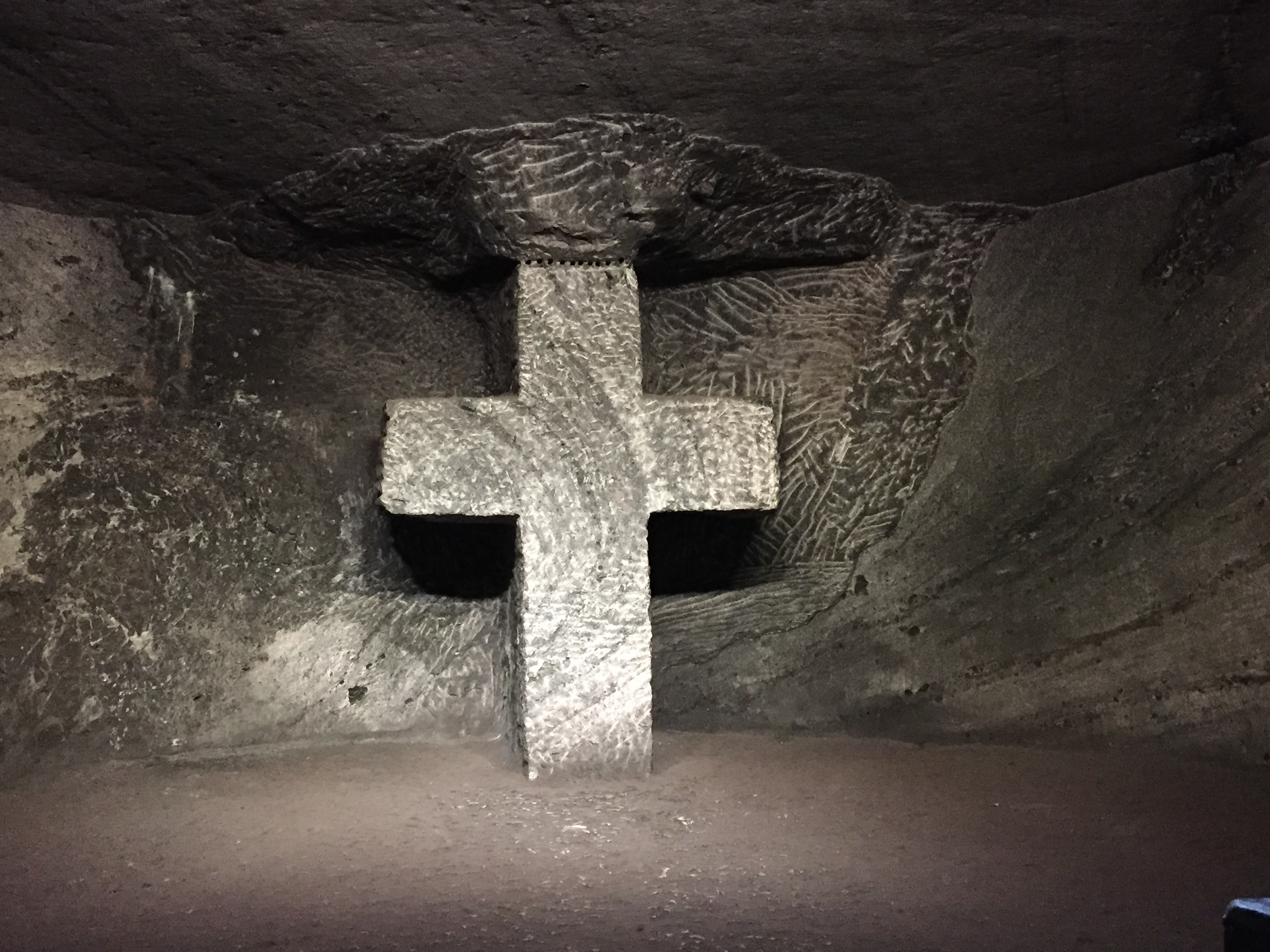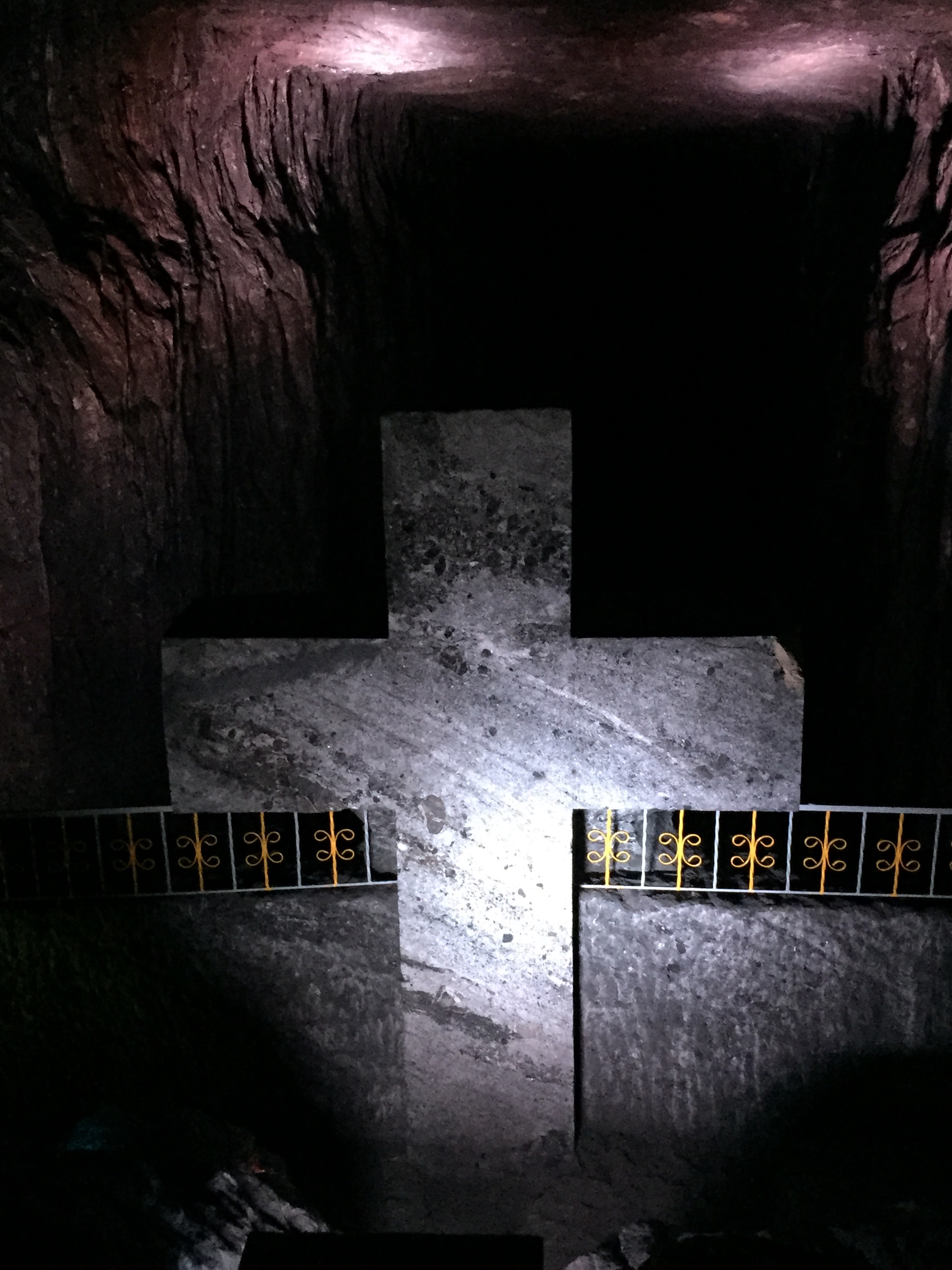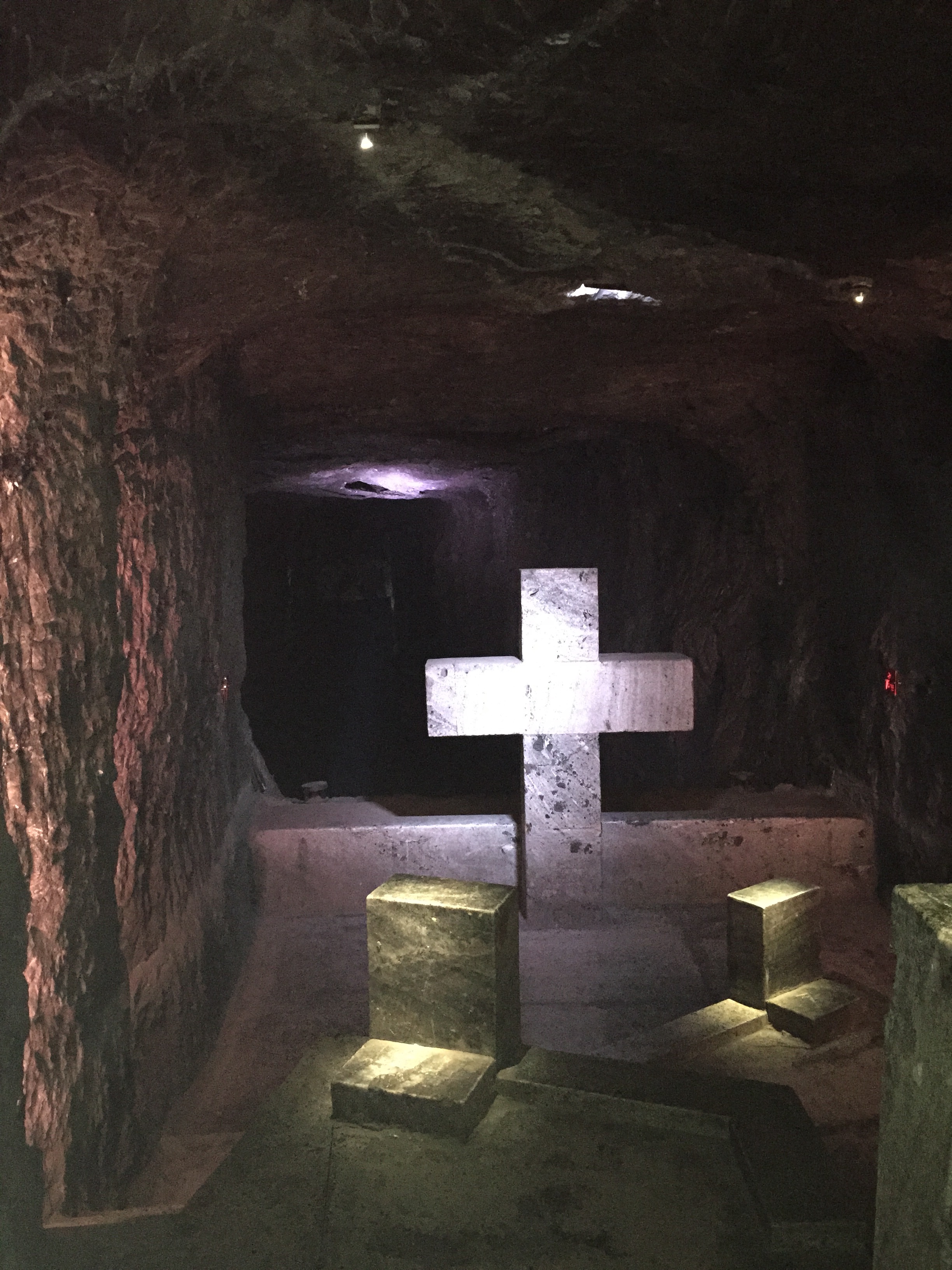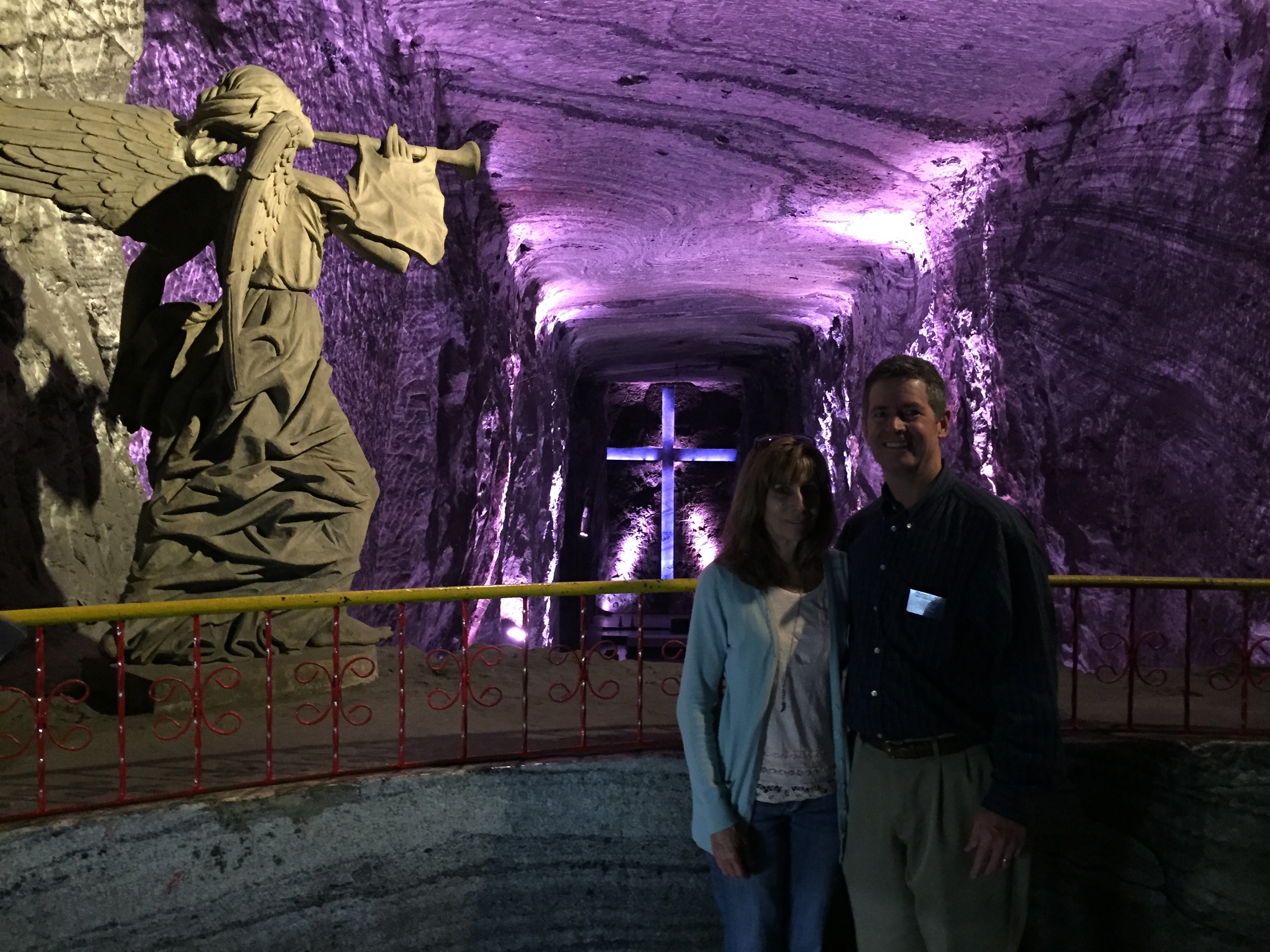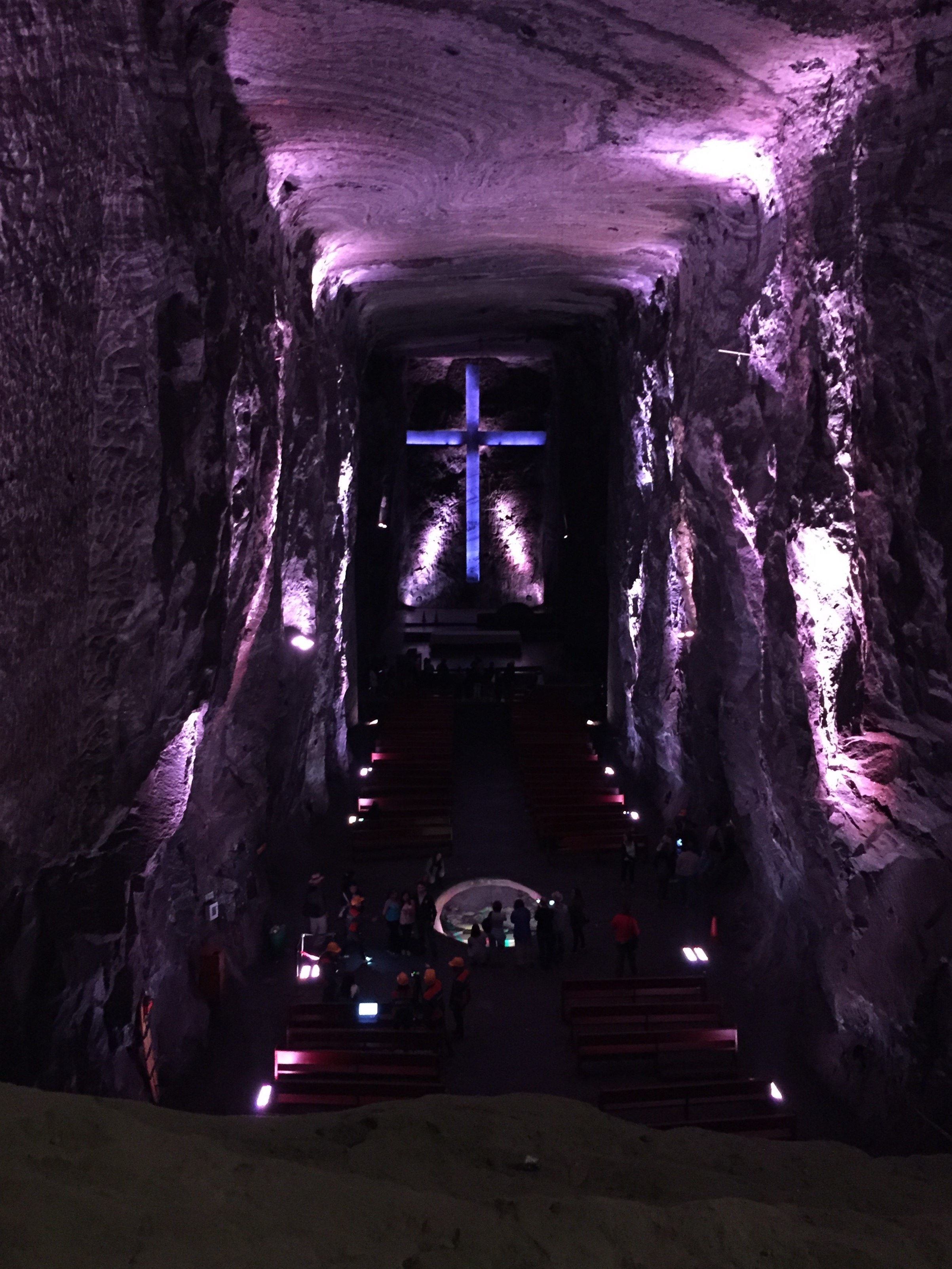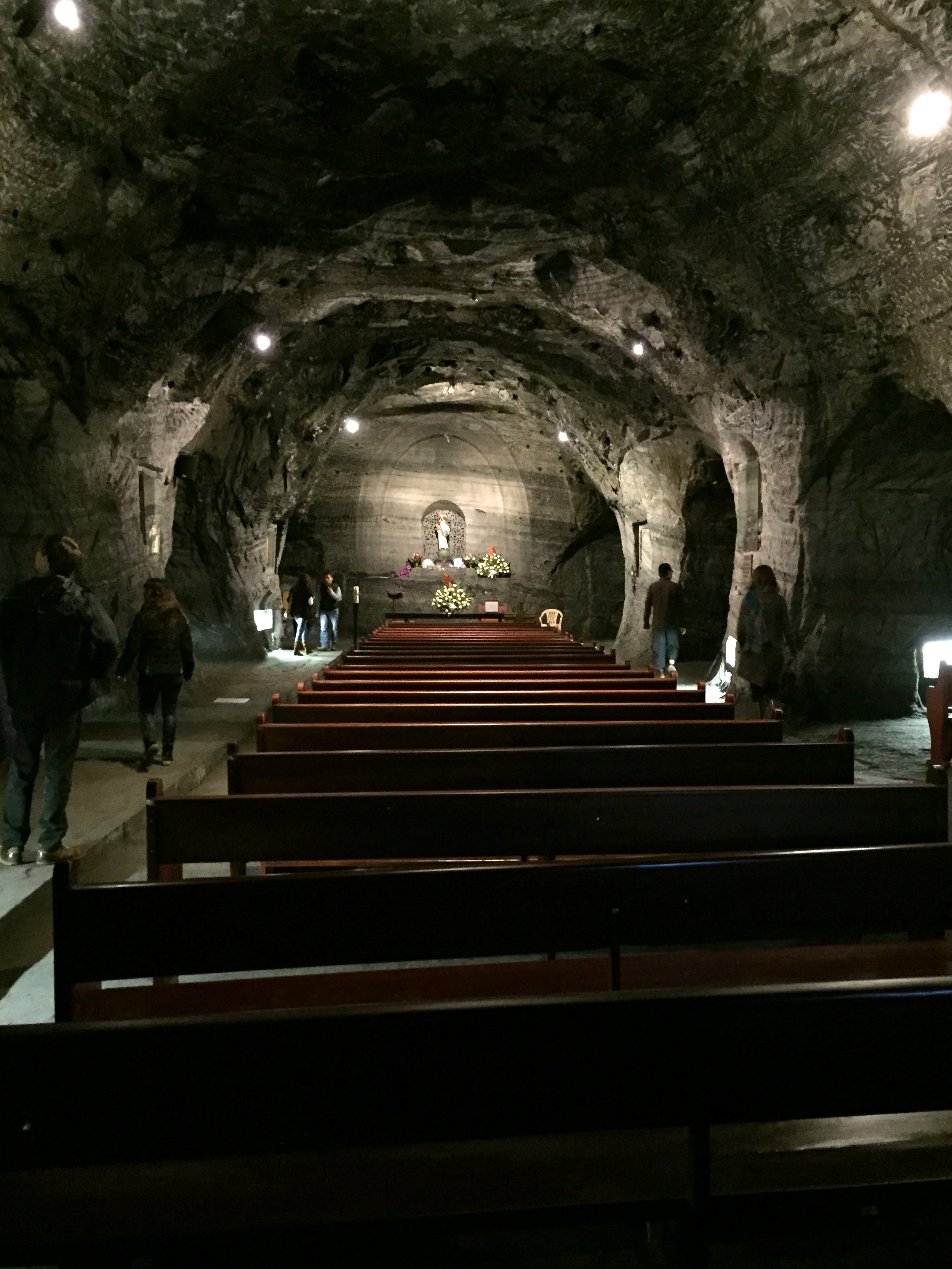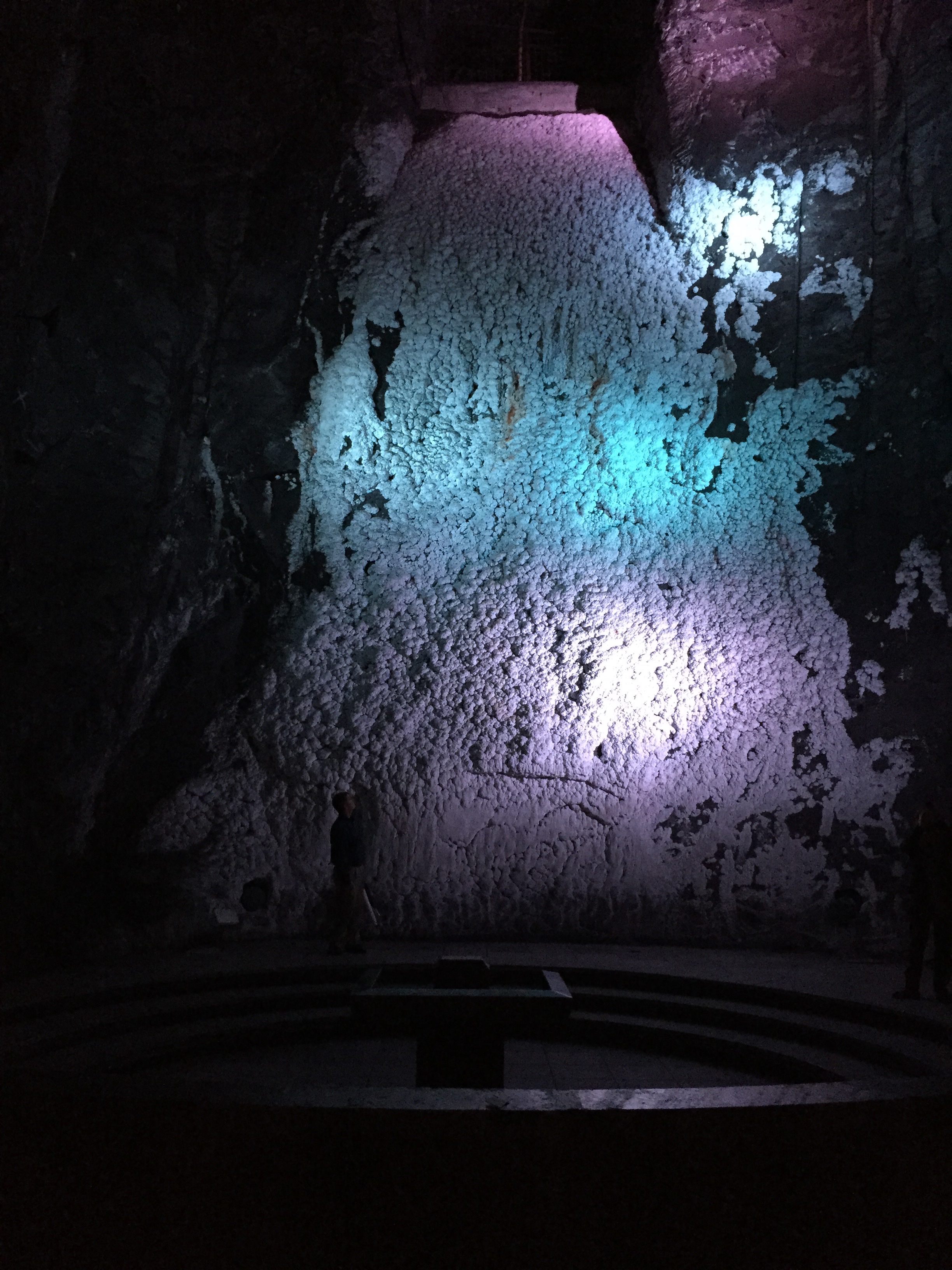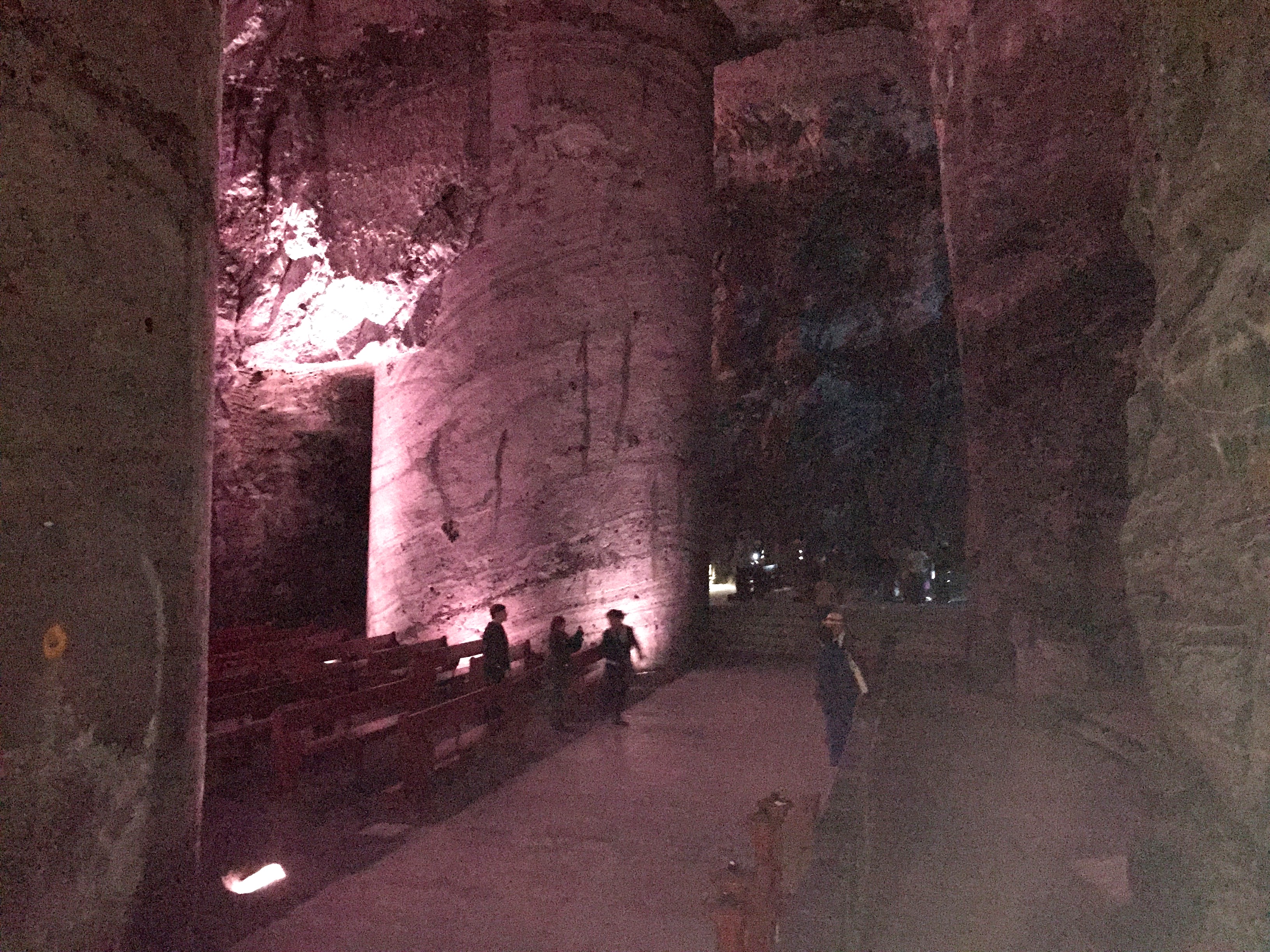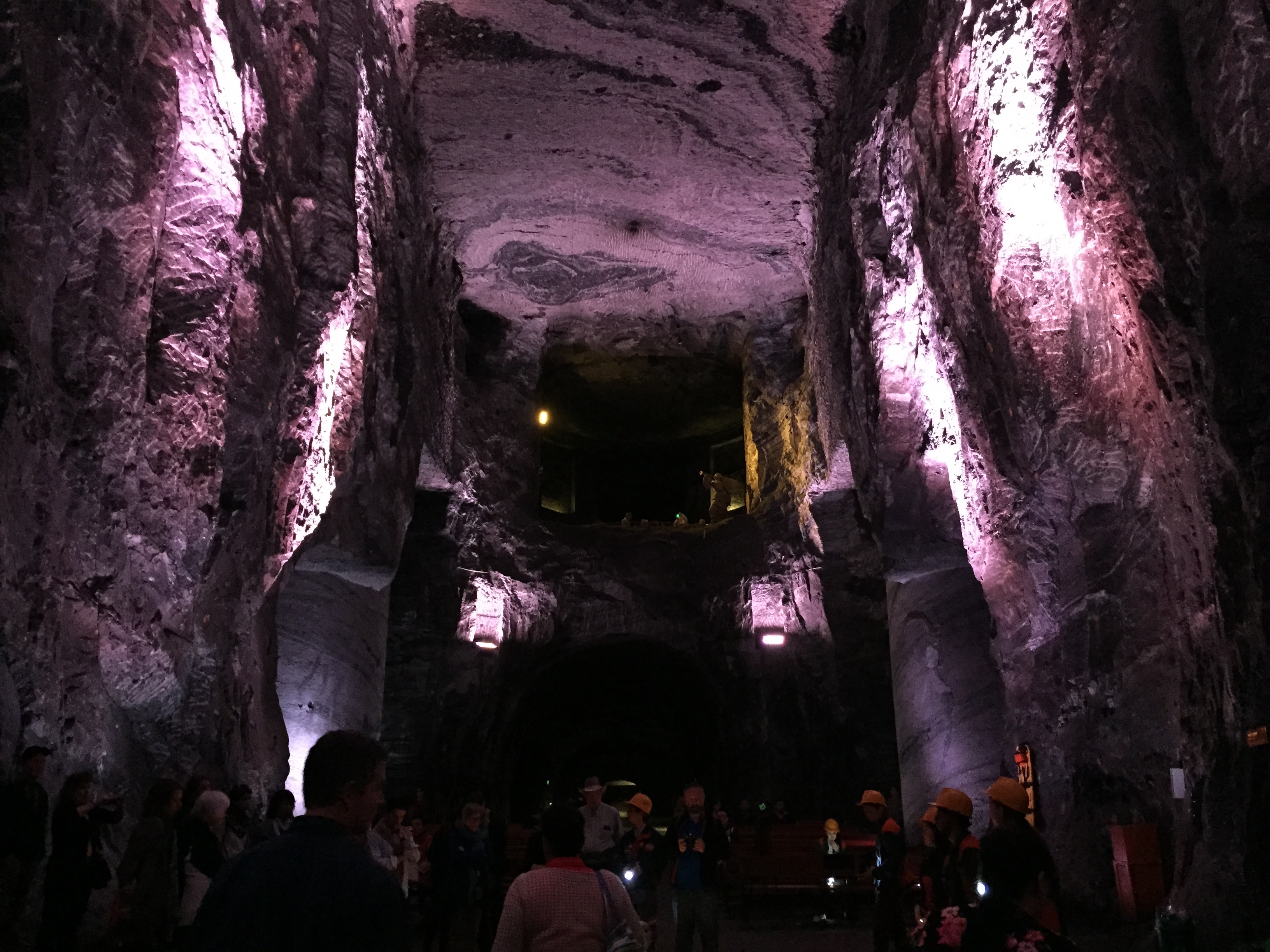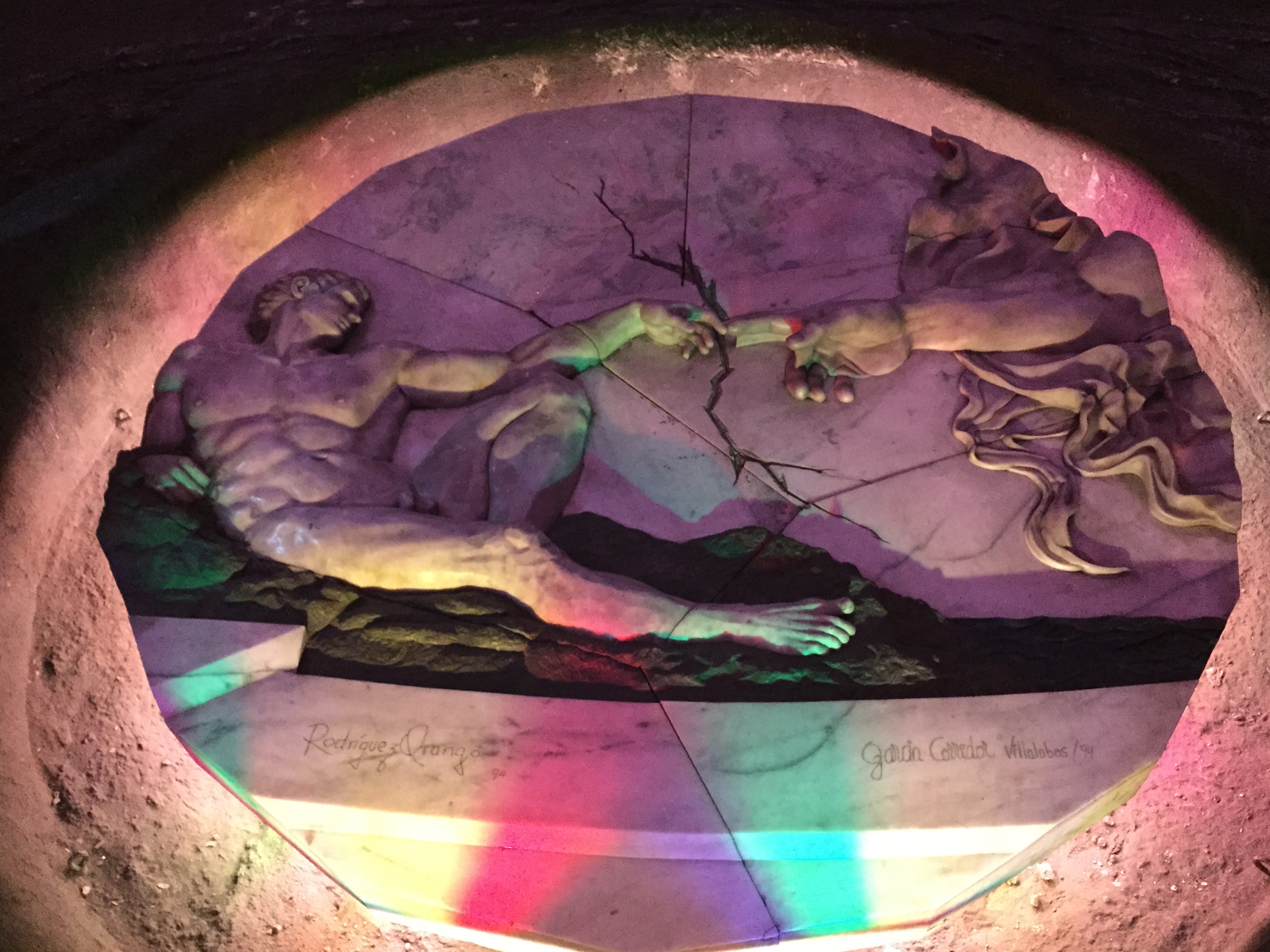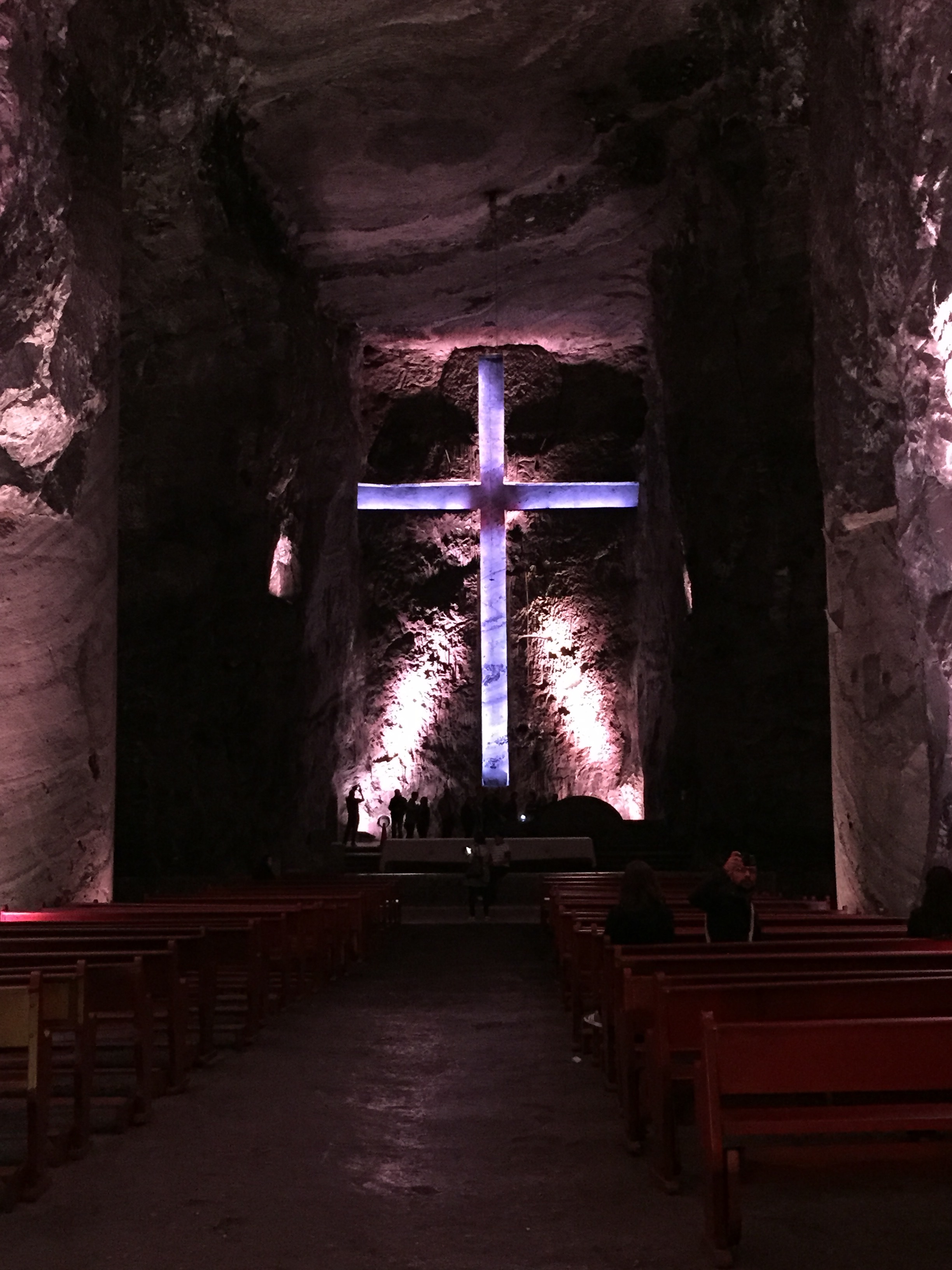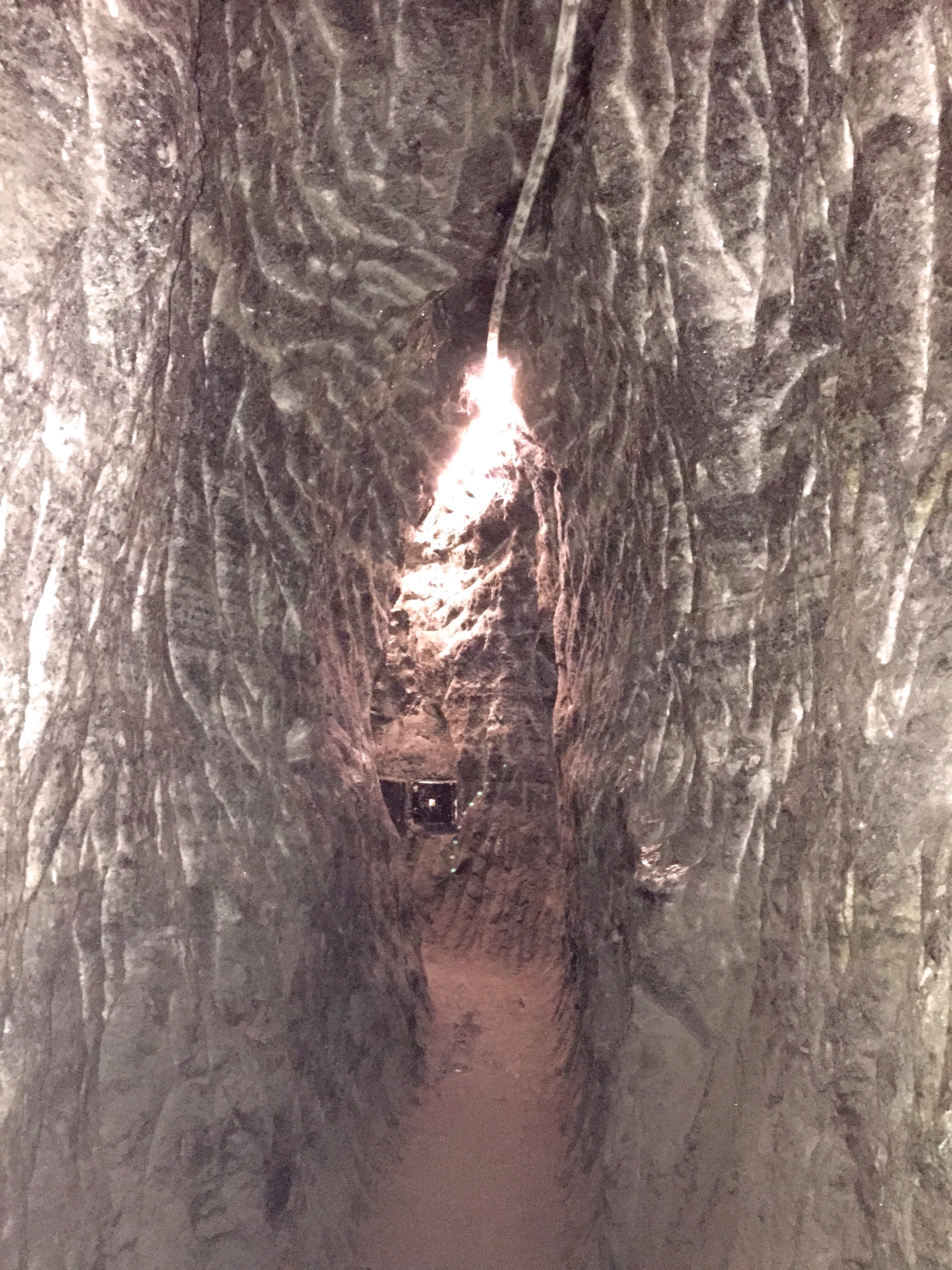The Salt Cathedral of Zipaquirá, one of the world’s subterranean wonders, is an underground Roman Catholic church built within the tunnels of a salt mine. This ancient salt mine and monumental masterpiece is buried more than 650 feet deep into a halite mountain near the town of Zipaquirá, Colombia. The mine brings precise engineering to a set of Catholic religious scenes. Depicted in intricate carvings, cavernous chambers, and the world’s largest underground cross; all of the sculptures are made entirely of salt. There are only two such underground salt cathedrals on the planet (the other is in Poland). This subterranean temple is a
This underground temple has three sections, representing the birth, life, and death of Jesus. through a vast network of labyrinthine corridors and tucked-away sanctuaries. The icons, ornaments and architectural details are hand carved in the halite rock. Some marble sculptures are included. The main altar comes centered on a dramatically illuminated “floating” cross, massive enough to be cited as the world’s largest underground cross.
A concept born of a much smaller sanctuary, which was dug out by miners here back in the ‘30s, who used it as a place to pray for protection and safety in their dangerous line of work, the space soon developed into a larger “cathedral” project for public audiences in the ‘50s. Structural instability on that site led it to being moved to its current location – set some 200 feet deeper than the original mine – in 1995.
On Sundays, the salt cathedral – a functioning church – is a popular point of pilgrimage for local Colombians. While a functioning church that receives as many as 3,000 visitors on Sundays, it has no bishop and therefore has no official status as a cathedral in Catholicism
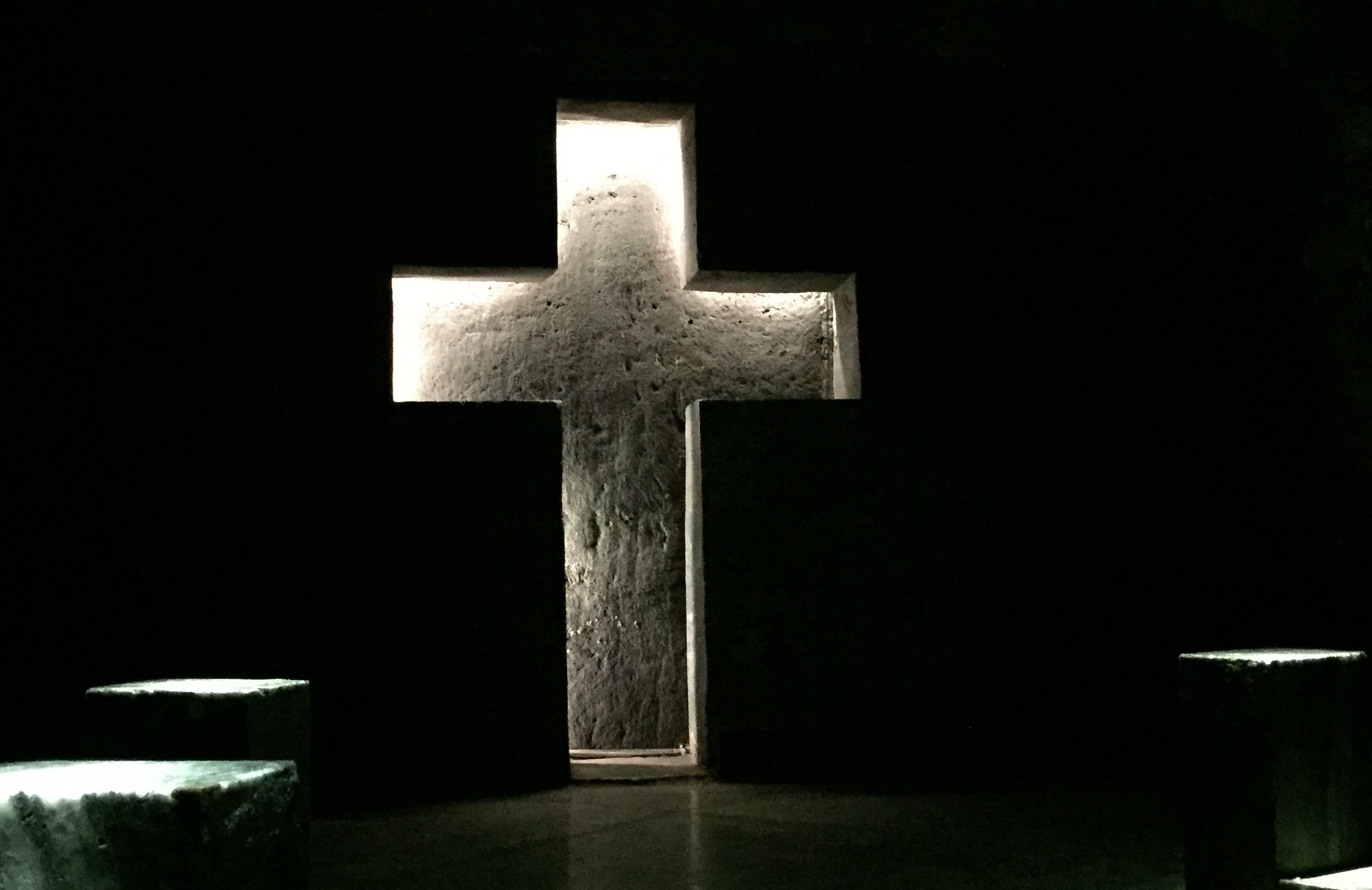
 On the Bus to Zipaquirá
On the Bus to Zipaquirá
 The McGinnis’ & The Fischbecks – Our wonderful Senior Missionaries and Friends!
The McGinnis’ & The Fischbecks – Our wonderful Senior Missionaries and Friends!
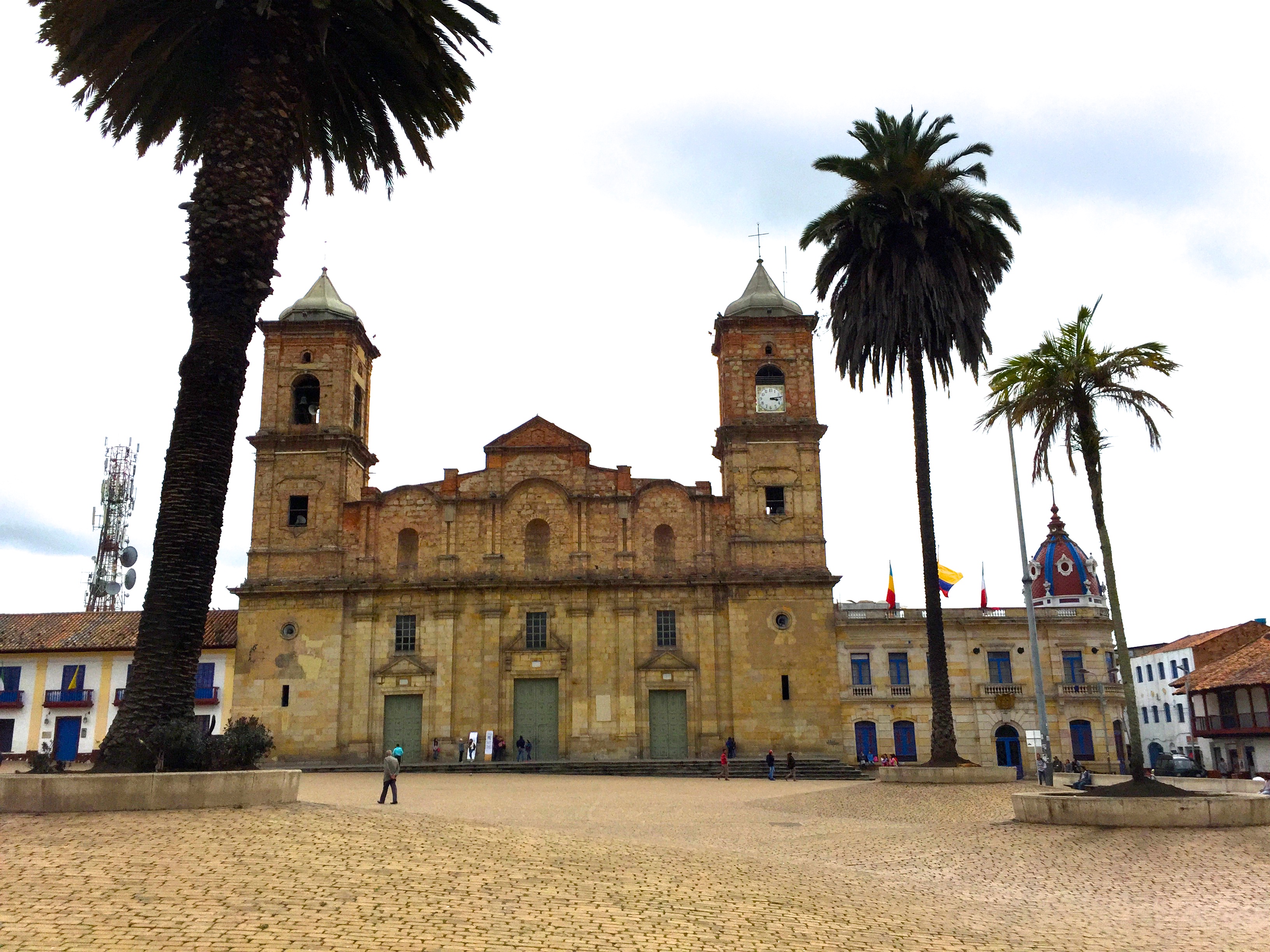 Plaza in Zipaquira
Plaza in Zipaquira
 Cool Building
Cool Building
